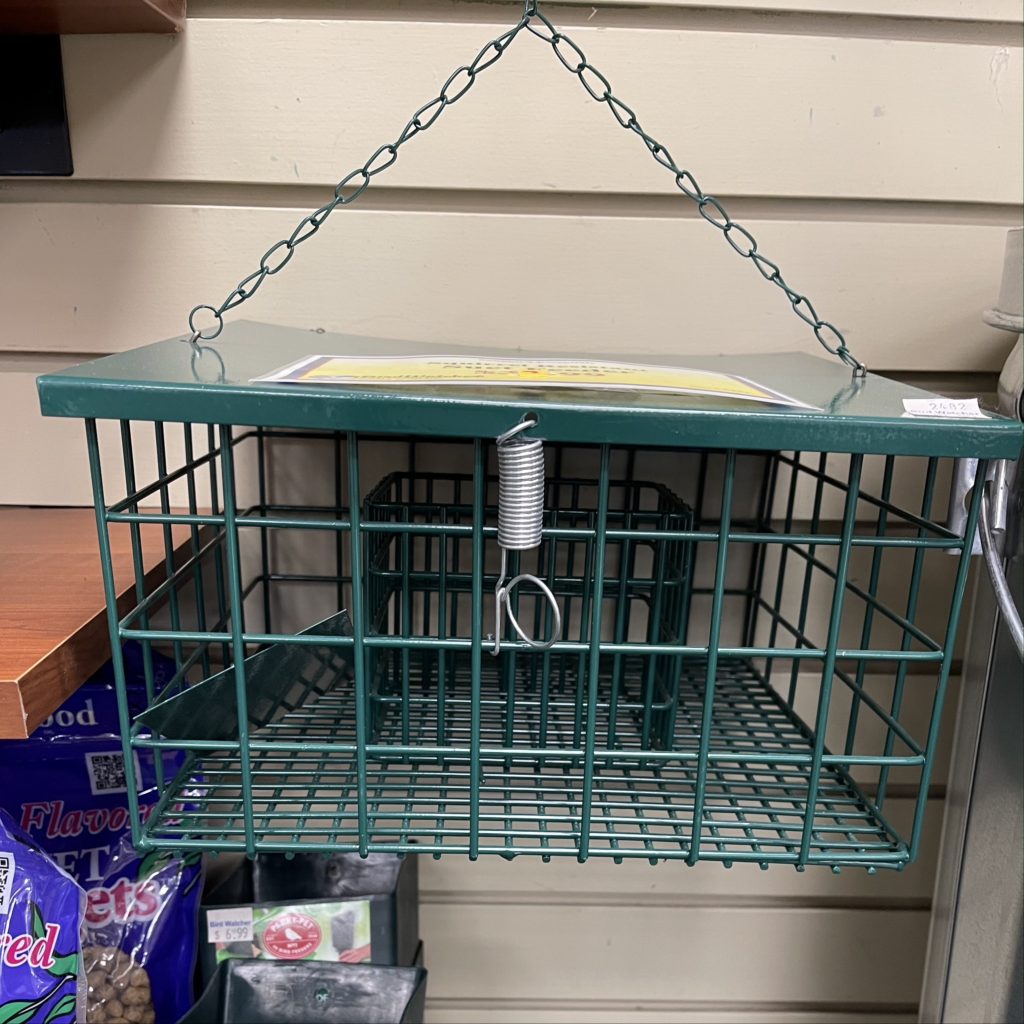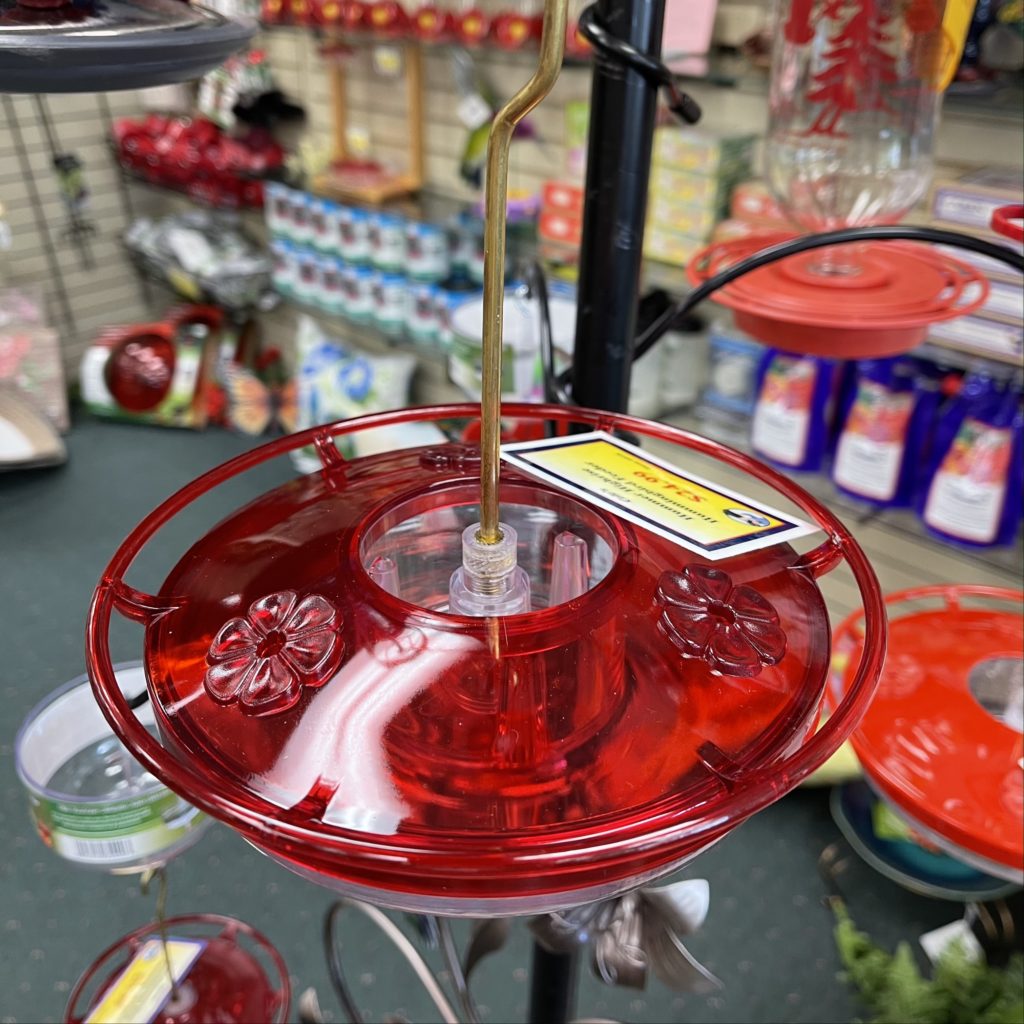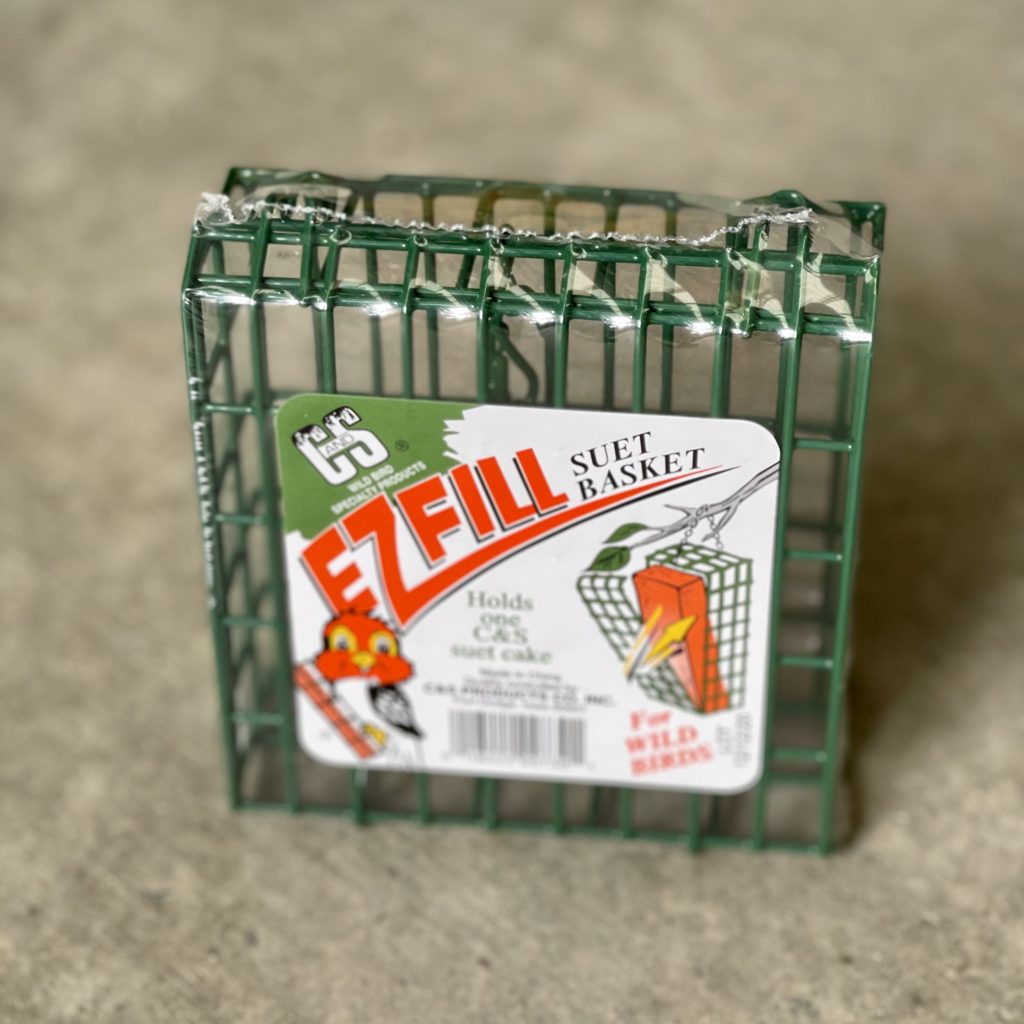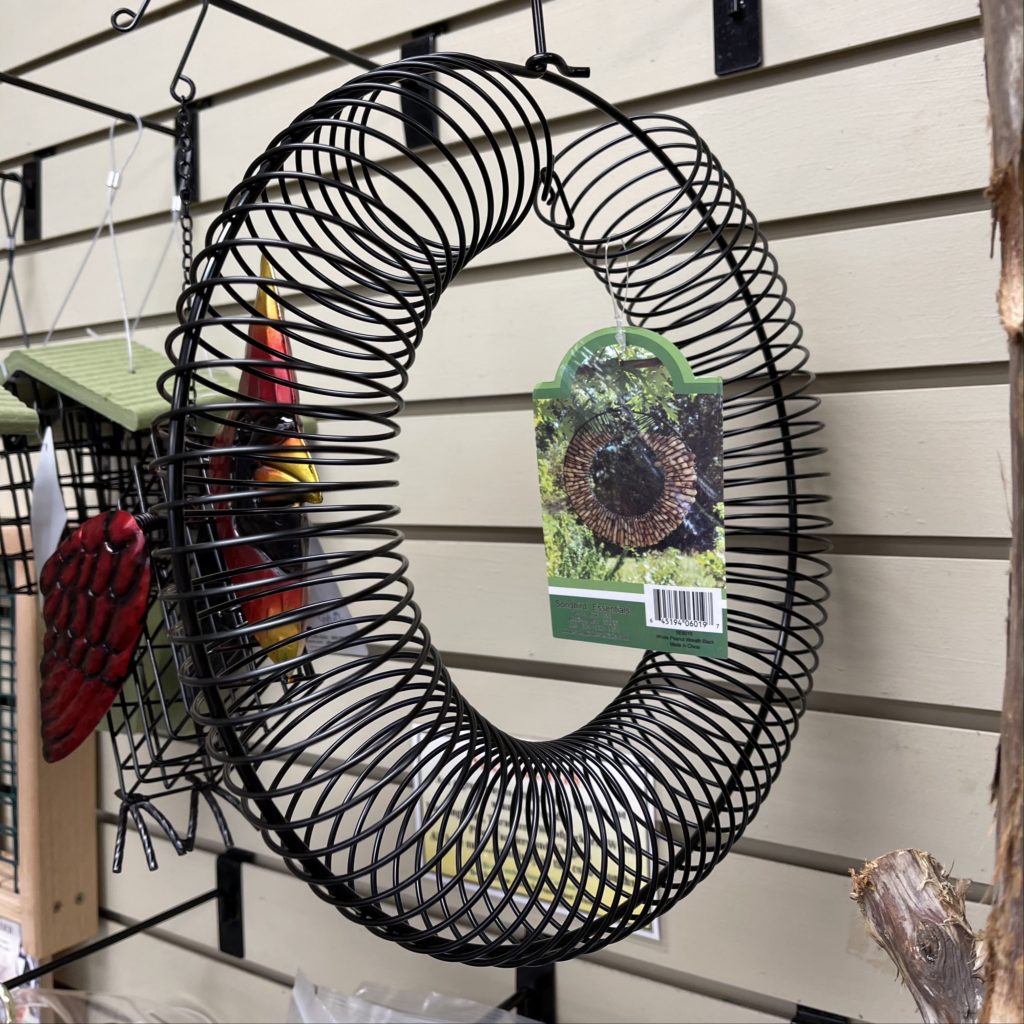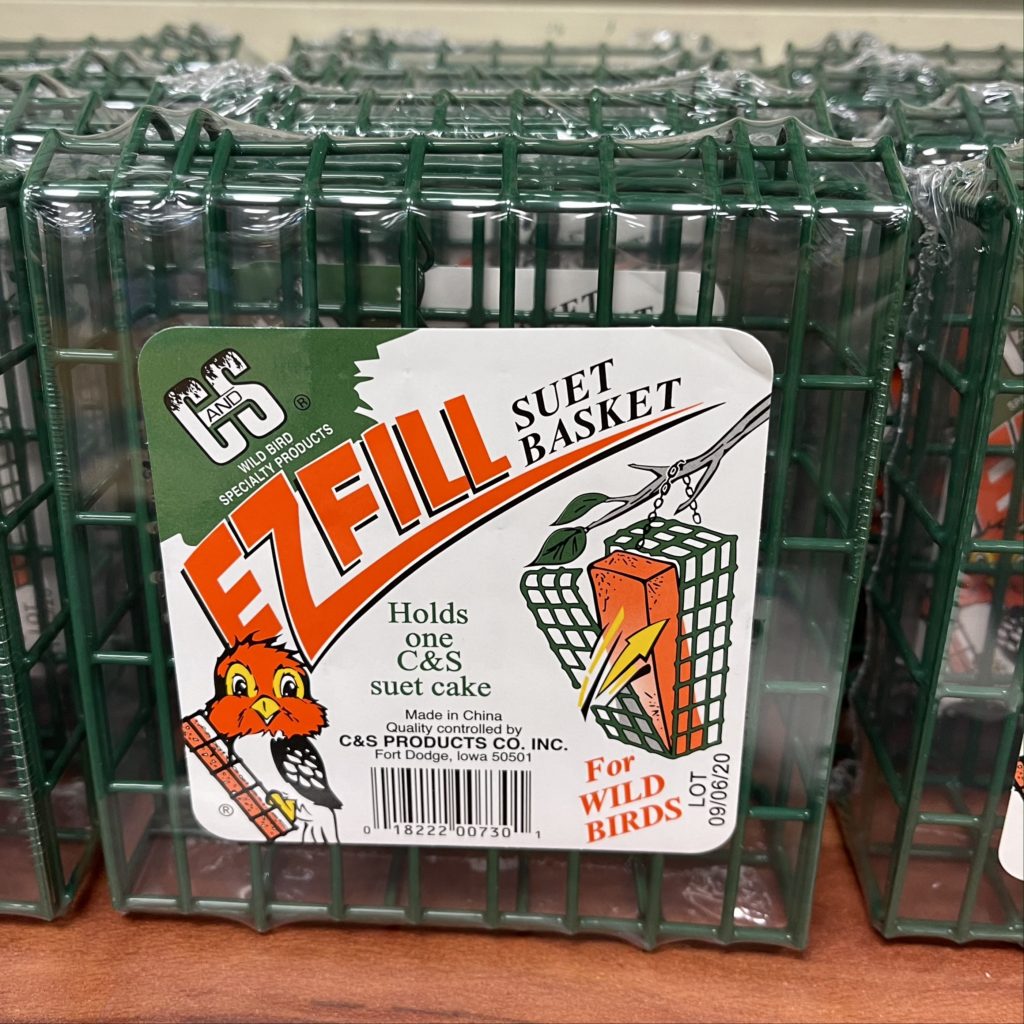
Suet is a bit difficult to offer to birds because they can get messy if not provided in the proper feeders, but they are a great source of energy and calories. If you can learn how to feed suet to birds and handle suet bird feeders, you can provide nutrition and energy to the birds that come to your backyard. Here you will learn all the details about suet, suet feeders, and problems with suet feeding.
What is a Suet Feeder?
The suet is usually made from beef loin or kidney fat. Suet is readily available, you can buy it at the meat market or from a butcher in the form of a block, or you can also make the block yourself by straining and heating the fat.
Although suet is a great bird feeder option because it can withstand high temperatures and won’t melt, you can also use other types of fats to feed your feathered friends.
The suet is fed into suet bird feeders that are readily available in stores made up of a plastic mesh bag or a wire mesh cage with a hardened suet cake inside. To attract wild birds, suet is often mixed with bird berries and seeds.
Suet bird feeders can attract different types of birds such as Bluebirds, Finches, Sparrows, Wrens, Woodpeckers, Robins, Chickadees, Cardinals, and Nuthatches. You can also experiment with different types of feeders and fats to see how many and what kind of birds are attracted to your feeder.
Types of Suet
Suet is available in a wide range of molded and blended forms and in different sizes and shapes. Plugs, pellets, and cakes are the most common options. Crushed crumbles and shavings are also available as a seasonal novelty in hearts, crowns, and bell shapes. All of these types, shapes, and sizes are equally attractive, safe for birds, and can easily fit into any type of feeder.
The firmness, density, and consistency of the suet always depend on the first quality of the suet, its purity, its care, and whether nuts, insect seeds, and extra fruits are added.
Other factors that can affect suet are weather, climate, and other environmental factors. So, as a bird lover, you can consider these factors when choosing suet for your birds.
Suet Feeders
In general, there are four main types of feeders for feeding suet to birds. Most bird watchers use only one type of suet holder, but using a different type of feeder will attract different types of suet-loving birds. The four main types of suet feeders are
Suet Cages
One of the most popular types of suet feeders is suet bird feeder cages. These cages are made of coated wires that are very easy to clean. These cages are made to be attached to a hopper or to hang independently to a bird feeder post. Most cage suet feeders compromise tail supports from clinging birds and Woodpeckers.
Suet Logs
Simple logs that have pre-drilled holes can also be used to feed suet plugs. The plugs of suet are inserted into the holes, and you will see that the birds will cling to it as they naturally cling to a tree. The benefits of wood are that it can keep the suet protected and dry. Most logs have naturally cut ridges or bark that provide additional security for feeding birds.
Mesh Bags
A mesh bag feeder is a unique bird feeder that can also be used to feed suet to the birds. This feeder is very easy to get as you can recover it from recycling onion bags or similar items. Suet pieces, balls, and cakes can be filled into the bag in fairly specific shapes and sizes from the feeder. But these suet bags aren’t the best for feeding larger suet-loving birds and Woodpeckers. However, they are ideal for small birds such as Blue Tit, Nuthatch, and Chickadee.
Open Trays
Open trays are excellent platforms for feeding leftover chunks or suet cakes to many birds, especially those birds that don’t like to visit special feeders. Small granules, pieces of suet, and crumbs are specially made for tray feeding. Larger birds will nibble the suet into small bites that will later be used by small birds. The bird feeder tray is a great way to attract birds that generally don’t like visiting your backyard. However, basic feeders come in different sizes and designs, but the common features of most feeders are:
● Cages, mesh, and grills to keep out aggressive birds.
● More capacity to hold more than one suet cake at a time.
● Built-in deflectors to deter raccoons, squirrels, and other wildlife.
● An upside-down design to keep predators out.
Although suet feeders are popular, you can also feed suet without a proper feeder. The soft suet can be spread directly on the wood and allowed to be eaten by Nuthatches, Woodpeckers, and Creepers. If the suet you bought is too hard, you can heat it up and gently spread it over the tree.
Problems with Feeding Suet
Providing suet to birds in the backyard is a great way to provide proper nutrition and energy, but if you don’t feed it properly, it will cause problems. But if you are a careful bird watcher, you can easily solve these problems. The most common issues that appear during the feeding of suet are:
Melting
As you know, suet is an extracted fat and can melt in direct sunlight and high temperatures. Therefore, there are no melt suet mixtures available that can withstand high temperatures and sunlight. However, placing the feeder in the shaded area will prevent the suet from melting quickly. Most birders give suet in the colder months to get away from these problems, but if you use it correctly, you can feed the suet all year long.
Bully Birds
Almost all types of birds love to eat suet, but sometimes less desirable birds like Red-winged Blackbirds and Starlings start visiting the suet feeder and begin to harass the smaller birds. But choosing a properly designed suet feeder and an outer cage design can help minimize the visit of these larger birds.
Rodents and Other Pests
Suet can also attract other predators such as rats, mice, squirrels, and raccoons, and sometimes even bears. Therefore, always place the feeder carefully so that these pests do not reach the suet. Offering only an amount of suet that can be eaten in a day or two and will prevent other animals from being attracted to leftovers. You can also move the suet feeders indoors so pests can’t visit in the dark.
Spoiling
Suet can melt at high temperatures, and can also go rancid, making it less healthy and unattractive to birds. To prevent the suet from going bad, put it in a cool place and offer as much suet as they can eat. Put uneaten suet in the freezer so it stays fresh and can be used again.
Conclusion
Suet is very healthy and a great backyard addition. It is important to know how to feed suet to the birds, how to attract them, and how to prevent the suet from spoiling. If you provide the suet in the right feeder, you will see many birds in your backyard in no time.
You can set goals to bird-watch after you have placed your suet bird feeder in your backyard and record your results.


